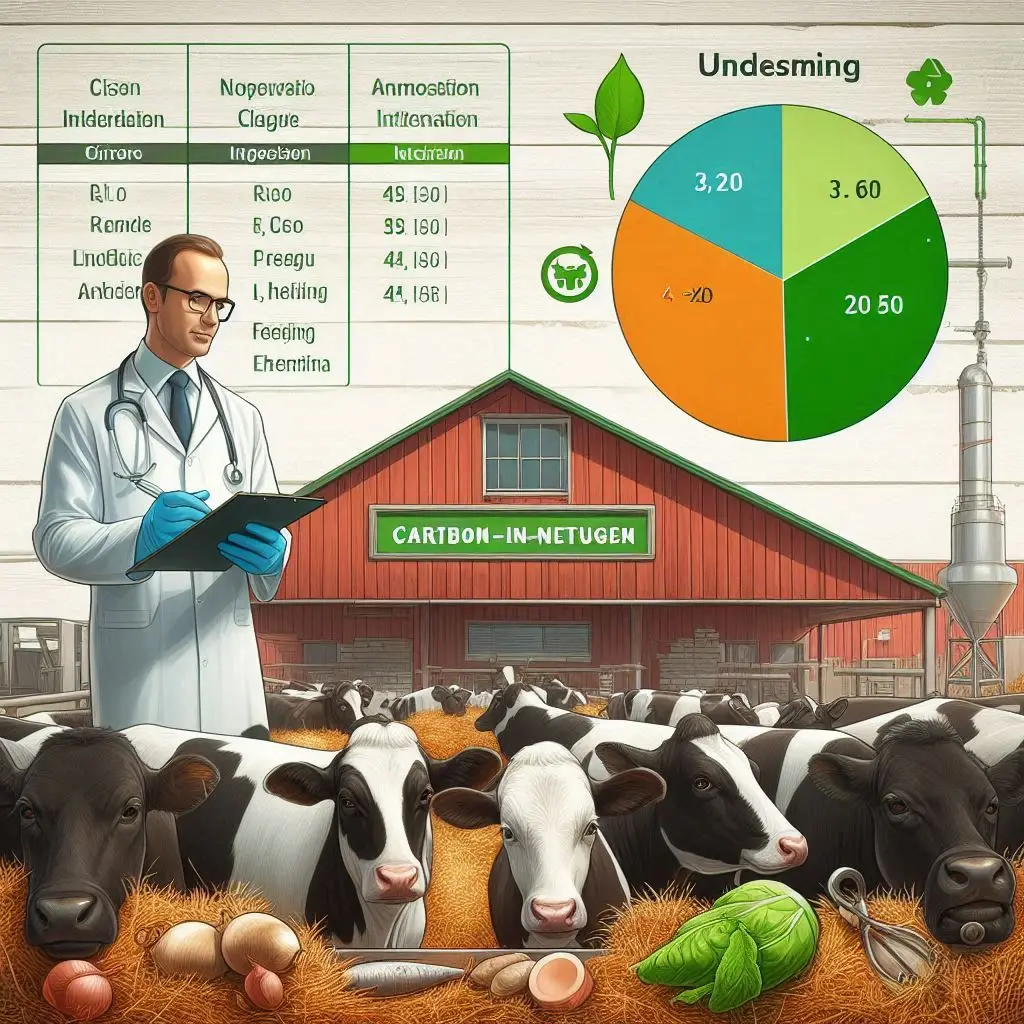Broiler Feed Formulation

Introduction
In the commercial poultry industry, formulating a practical and economic ration for broilers is essential for maximizing growth and minimizing costs. This article will delve into the complexities of broiler feed formulation, exploring the necessary ingredients, nutritional requirements, and economic strategies. Understanding these elements can significantly impact the profitability of poultry operations.
Nutritional Requirements for Broilers
Importance of Nutritional Balance
Broilers require a balanced diet to achieve optimal growth rates. The primary nutrients include:
- Protein: Essential for muscle development.
- Energy: Primarily sourced from carbohydrates and fats.
- Vitamins and Minerals: Crucial for overall health and metabolic processes.
For instance, a typical starter diet should contain around 22% crude protein (CP) and 3100 kcal/kg of metabolizable energy (ME) 1.
Key Nutrients in Broiler Diets
Protein Sources
Protein is vital for growth. Common sources include:
- Soybean Meal: A primary source of protein.
- Fish Meal: Offers high protein content but is often more expensive.
- Meat and Bone Meal: A cost-effective alternative that provides both protein and minerals.
Energy Sources
Energy is critical for growth efficiency. Major energy sources include:
- Corn: The most widely used energy source in broiler diets.
- Wheat: Another common ingredient that provides energy.
- Sorghum: An alternative that can be used based on availability.
Vitamins and Minerals
Vitamins and minerals are necessary for various bodily functions. They support immune function, bone development, and overall health. Key supplements include:
- Calcium: Important for bone health.
- Phosphorus: Works with calcium to strengthen bones.
- Vitamin A, D3, E: Essential for immune function and metabolic processes.
Feed Ingredients Overview
Major Ingredients in Broiler Rations
The formulation process involves selecting appropriate ingredients based on nutritional needs and cost-effectiveness. Here’s a breakdown of commonly used ingredients:
| Ingredient | Percentage (%) | Purpose |
| Corn | 50-60 | Primary energy source |
| Soybean Meal | 25-30 | Main protein source |
| Dicalcium Phosphate | 1-2 | Calcium source |
| Limestone Powder | 1 | Additional calcium |
| Meat Bone Meal | 1-5 | Protein and mineral source |
| Vitamin Premix | 2-4 | Provides essential vitamins |
Minor Ingredients
Minor ingredients play a crucial role in enhancing the diet’s effectiveness. These may include:
- Probiotics: Improve gut health.
- Enzymes: Aid in digestion.
- Antioxidants: Help in reducing oxidative stress.
Feed Formulation Process
Steps in Feed Formulation
- Determine Nutrient Requirements:
- Calculate the required levels of CP, ME, vitamins, and minerals based on the growth stage of the broilers.
- Select Ingredients:
- Choose ingredients that meet the nutrient requirements while considering cost.
- Calculate Proportions:
- Use methods like Pearson’s square to determine the proportions of each ingredient needed to achieve the desired nutrient profile 2.
- Mixing Ingredients:
- Ensure thorough mixing to create a uniform feed that provides consistent nutrition.
- Quality Control:
- Regularly test feed samples to ensure they meet nutritional specifications.
Example of a Starter Diet Calculation
To formulate a starter diet for 100 kg of feed with 22% CP:
- Calculate slack space for minor ingredients (about 4 kg).
- Allocate remaining weight to major ingredients (approximately 96 kg).
- Use the following example ratios:
- Corn: 52 kg
- Soybean Meal: 38 kg
- Dicalcium Phosphate: 1 kg
- Vitamin Premix: 0.5 kg
- Other ingredients as needed 3.
Economic Considerations in Feed Formulation
Cost Management Strategies
Feed costs can account for up to 70% of total production expenses. Therefore, managing these costs effectively is crucial for profitability:
- Ingredient Sourcing:
- Purchase ingredients in bulk to reduce costs.
- Explore local suppliers to minimize transportation expenses.
- Formulation Adjustments:
- Regularly review formulations to adapt to changing ingredient prices without compromising nutrition.
- Monitoring Performance Metrics:
- Track feed conversion ratio (FCR) closely; ideal values range from 1.6 to 1.7 4. A lower FCR indicates better feed efficiency.
Market Dynamics Impacting Feed Costs
The profitability of broiler production is influenced by market demand for chicken products. Understanding local market trends can guide decisions on which products to focus on, such as whole birds versus processed chicken parts 5.
Performance Metrics in Broiler Production
Key Performance Indicators (KPIs)
Monitoring performance metrics helps evaluate the effectiveness of feed formulations:
- Weight Gain:
- Measure average daily gain (ADG) to assess growth rates.
- Feed Conversion Ratio (FCR):
- A lower FCR indicates better feed efficiency; aim for values between 1.6 to 1.7 during growth phases 6.
- Mortality Rates:
- Keep mortality rates low through proper management practices and nutrition.
Broiler Performance Index (BPI)
The BPI combines various performance metrics into a single score, providing a comprehensive view of flock performance 7. This index helps identify areas needing improvement in feeding strategies or management practices.
Conclusion
Formulating a practical and economic ration for commercial broiler production involves careful consideration of nutritional needs, ingredient selection, economic factors, and performance metrics. By optimizing these elements, producers can enhance profitability while ensuring optimal growth performance in their flocks.
More from Livestock Production and Management:
https://wiseias.com/year-round-green-fodder-supply/
https://wiseias.com/precision-dairy-farming/






Responses